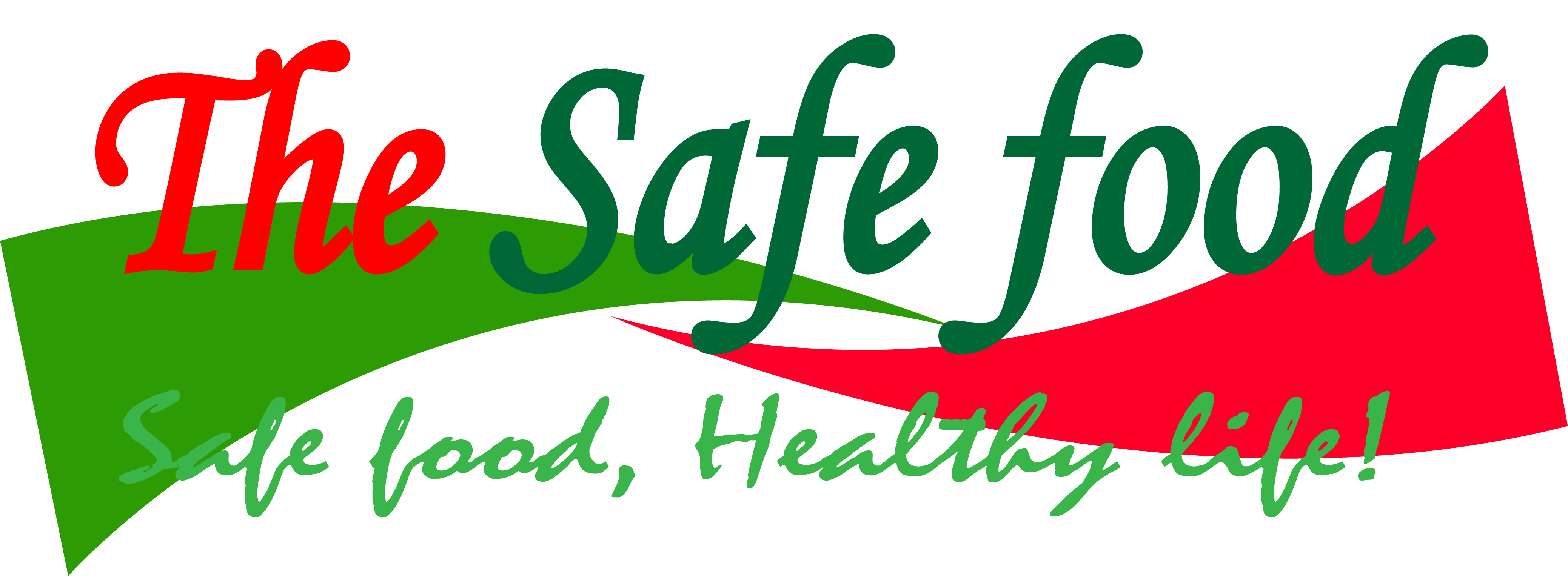What is food quality assurance?
According to the International Standards Organization, Quality Assurance is “all those planned and systematic actions necessary to provide adequate confidence that a product or service will satisfy given requirements for quality.” In other words, quality assurance is a strategic management function that establishes policies, adapts programs to meet established goals, and provides confidence that these measures are being effectively applied. It therefore deals with processes and methodologies that are put in place or applied to achieve food quality and safety. A key part of this is what is referred to as quality control.
- Quality control, is “the operational techniques and activities that are used to fulfill requirements for quality”, i.e. a tactical function that carries out the programs established by the quality assurance.
- Food quality is therefore, the extent to which all the established requirements relating to the characteristics of a food are met.
- Food safety is the extent to which those requirements relating specifically to characteristics or properties that have the potential to be harmful to health or to cause illness or injury are met.
- Food Quality Assurance is “all those planned and systematic actions necessary to provide adequate confidence that a food product or service will satisfy given requirements for quality.”
Management of quality and safety
Quality and safety management systems can be put in place to enhance the possibility of achieving the requirements of a food product regarding quality and safety. These are basically guidelines that stipulate the important procedures and actions that should be taken to ensure the production of high quality and safe food. These systems are not mandatory but highly important in enhancing the quality and safety of the food.
Importance of quality and safety management systems
Quality management systems are important because of the following:
- Focuses on identifying and preventing hazards from contaminating food
- Identifies responsibilities within the organization or company
- Identify deficiencies in the system where flaws may result in unsafe or low-quality food
- Reduces the cost of production – reduced number of faulty goods
- They provide for continuous assessment and improvement of products
- Place the responsibility for ensuring food safety on the food manufacturer or distributor.
- Helps food companies to compete more effectively in the world market.
- Reduces barriers to international trade.
- They enhance compliance efforts – to government and industry standards
- For the consumer – good quality and safe food products
Some quality and safety management systems
- Good Manufacturing Practices (GMP)
- Hazard Analysis and Critical Control Point (HACCP)
- ISO 22000 – Food Safety Management System
- ISO 9000 Family of Standards – Quality Management Systems (QMS)
